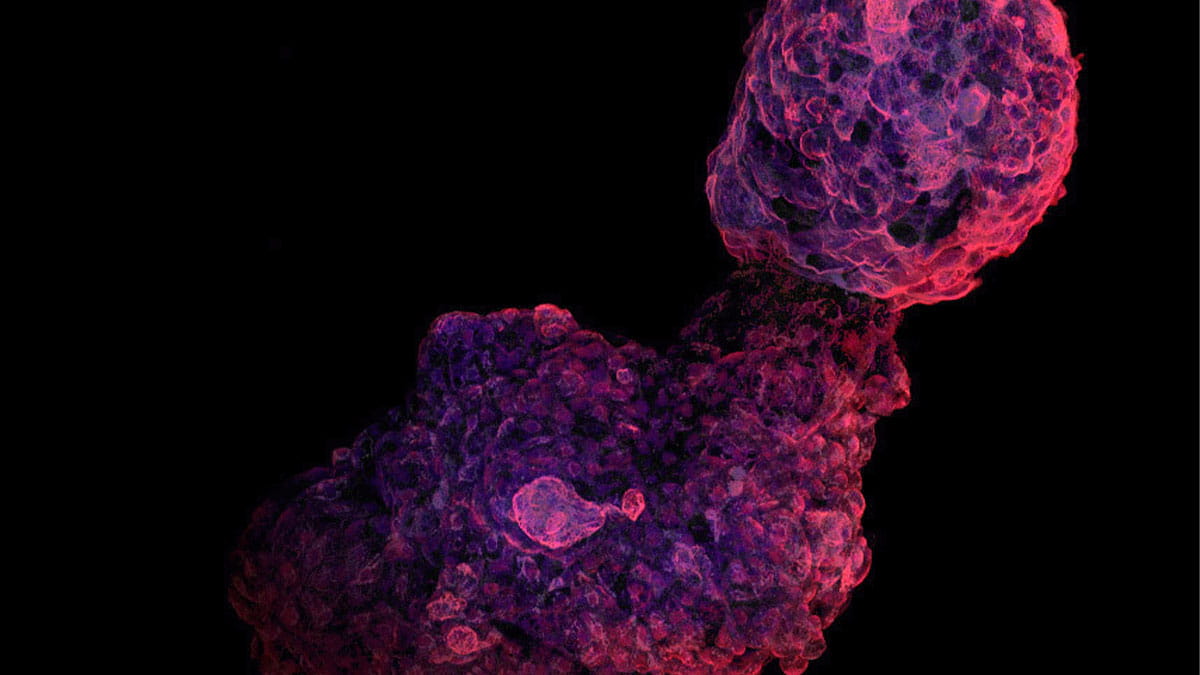New research suggests pharmacogenetic testing could help identify patients likely to experience inadequate pain control

Chronic pain affects nearly one in four Americans, making it the leading reason people seek medical care. In 2023 alone, it was estimated to cost $635 billion in the United States health care system, including direct health care costs, lost productivity and disability payments. A new study published in JAMA Network Open provides a clue as to why some patients may experience inadequate pain relief from opioid medications.
Central to this research is Cytochrome P450 2D6 (CYP2D6), a crucial enzyme that helps the body break down many drugs, including antidepressants and some pain medications. Due to common genetic differences, CYP2D6 activity varies across individuals. In addition to genetics, many widely used medications, such as bupropion, fluoxetine and paroxetine, can block this enzyme in a drug-drug interaction.
CYP2D6 plays a critical role in activating several commonly used opioids, including hydrocodone, oxycodone, tramadol and codeine, by converting them into active compounds that provide most, or all, of the pain-relieving activity associated with these drugs. The study found that when CYP2D6 activity is reduced, either due to genetics or from taking a medication that blocks the enzyme, the body may not produce enough of these active compounds, which can lead to poor pain control and may lead to more visits to the emergency department (ED) for pain management.
The research was led by Julie Johnson, Pharm.D, professor of Internal Medicine at The Ohio State University College of Medicine, professor of Pharmaceutics and Pharmacology at The Ohio State University College of Pharmacy and director of the Clinical and Translational Science Institute; and Noor Nahid, PhD, postdoctoral associate in the Department of Biomedical Informatics at the Ohio State College of Medicine. Using a large national dataset from the National Institutes of Health’s All of Us Research Program, and focusing on patients taking hydrocodone, oxycodone, tramadol or codeine for chronic pain, they found that those whose genetic makeup impairs the activity of CYP2D6, and/or those taking another medication that impairs CYP2D6’s activity, have substantially higher rates of visits to the ED for pain management. Given that ED visits are a large factor in health care costs, these findings hold great promise.
“Our study suggests that CYP2D6 genotyping and careful evaluation of drug-drug interactions could improve pain management and reduce opioid-related visits to emergency departments,” Dr. Johnson says. “This is good news for patients and for hospital systems looking to optimize clinical outcomes and health care costs.”
Among opioids, those metabolized by CYP2D6 are the most prescribed in the United States, with approximately 45 million prescriptions filled in 2022. Because CYP2D6 activity can be blocked by other medications, Dr. Nahid highlights that while a person’s genotype remains constant, the presence of a CYP2D6 inhibitor can change over time and must be reassessed with each new opioid prescription.
“Knowing a patient’s CYP2D6 genotype, and assessing whether they are on a CYP2D6 inhibitor, can help doctors select the most appropriate medication for managing a patient’s pain,” Dr. Nahid says. “This makes a compelling case for personalized medicine built on sound science.”



